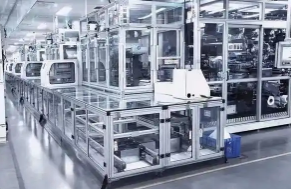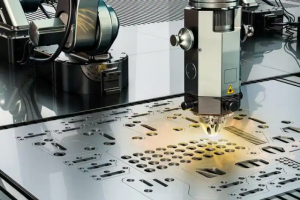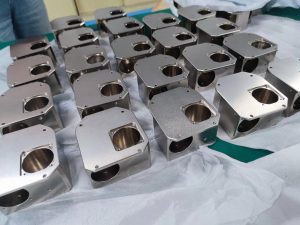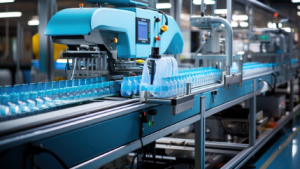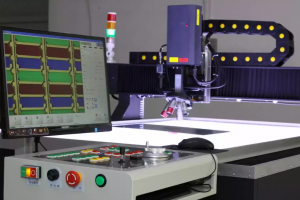In the rapidly evolving world of industrial automation, the significance of custom precision machined parts in packaging line equipment cannot be overstated. As companies strive for greater efficiency and reliability, the role of non-standard (custom) precision machined components has become increasingly critical. This article explores the application of these customized parts in automation packaging lines, focusing on the precision requirements, and highlighting key considerations to ensure optimal performance and integration.
The Role of Custom Precision Machined Parts in Automation Packaging Equipment
Automation packaging lines rely heavily on the seamless interaction between various components to perform tasks such as filling, sealing, labeling, and packing. Custom precision machined parts are essential in ensuring that these components not only fit perfectly but also function with high efficiency. These parts include specialized grippers, conveyor belts parts, custom nozzles, and unique fixture designs, tailor-made to meet specific operational needs.
Precision Requirements for Custom Machined Parts
Dimensional Accuracy:
For packaging machinery, dimensional accuracy is crucial. The parts need to fit precisely to avoid operational disruptions and maintain a high throughput. Tolerances are often stringent, requiring measurements exact to a few micrometers to facilitate seamless assembly and function.
Material Selection:
The choice of material affects not only the durability of the parts but also their performance. Materials need to be selected based on their strength, compatibility with products (especially in food packaging to prevent contamination), resistance to wear and corrosion, and suitability for operating under varying environmental conditions.
Surface Finish:
A high-quality surface finish is important to reduce friction, which can lead to faster wear and tear. It also impacts the cleanliness of the parts, a critical factor in packaging lines where contamination can lead to product recalls.
Key Considerations for Integrating Custom CNC Parts in Packaging Lines
Design Complexity:
Custom parts often involve complex designs to meet specific functional requirements. Designers need to collaborate closely with engineers to ensure that the parts are not only feasible to manufacture but also cost-effective and functional within the system.
Integration with Existing Systems:
Custom parts must be designed with careful consideration of how they will integrate with existing machinery. This involves not only physical fitting but also compatibility with the mechanical and electrical systems of the equipment.
Maintainability and Scalability:
Ease of maintenance is vital. Custom parts should be designed so that they can be easily replaced or serviced to minimize downtime. Additionally, considering scalability during the design phase can save costs and time when upgrades or expansions to the packaging line are needed.
Challenges and Solutions
Adhering to Regulatory Standards:
Especially in industries like food and pharmaceuticals, adhering to regulatory standards is a necessity. This means that custom parts must not only assist in efficient packaging but also ensure that operations comply with industry regulations.
Lead Times:
Custom machining can have longer lead times compared to standard parts. Planning and coordination are essential to align part production with maintenance schedules and production demands.
Cost-Effectiveness:
While custom parts offer numerous benefits, they can be more expensive. Balancing cost with benefits is crucial, requiring detailed analysis to ensure that the value added by custom parts justifies the investment.
Conclusion
Custom precision machined parts are pivotal in enhancing the performance and efficiency of automation packaging lines. With the right attention to precision, material selection, and design, these bespoke components can significantly improve the reliability and functionality of packaging machinery. For companies looking to optimize their packaging processes, investing in custom machined parts is a strategic move towards achieving higher operational excellence and product quality.


